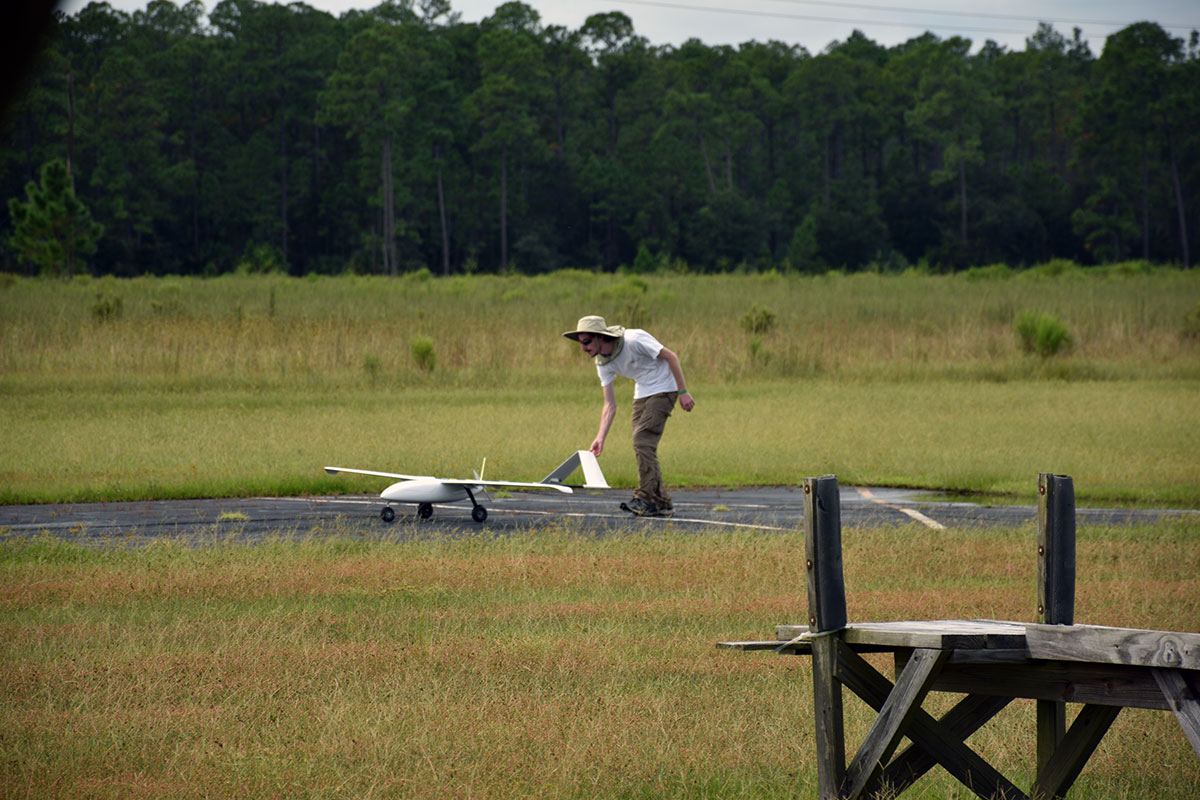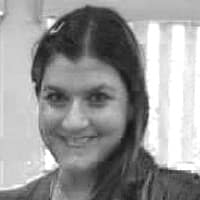UAS Students Gain Hands-on Experience Working on Sea Turtle Conservation Project

Embry-Riddle student Andres Larrota was disappointed when his study-abroad trip was cancelled, due to the current coronavirus pandemic. He had hoped to apply his classroom knowledge of unmanned aircraft systems (UAS) to document cultural sites in the Balkan Peninsula.
While he missed the opportunity to travel overseas, Larrota found a meaningful way to use the UAS technology he is studying — closer to home.
Larrota is one of several students working on the Turtle Tech project, a drone-based surveillance effort studying the behavior of local sea turtles. Project partners include Northrop Grumman, the Brevard Zoo and several donors.
“This experience has helped me better understand everything I have learned in the classroom about UAS and apply it to the real world,” Larrota said. “It has also exposed me to the breadth of the UAS industry and how this technology has endless applications.”
Students have been flight testing two different UAS for the project, which will capture both long-range and short-range images of sea turtles, said John M. Robbins, associate professor of aeronautical science at Embry-Riddle.
“We have student teams and they are working on going out and working with different faculty members on different tasks, including payload integration, operations, software development and computer visioning,” said Robbins, who is the university’s lead on the Turtle Tech project.
Conservation Partners
The Turtle Tech project originated last year, when Northrop Grumman and the Brevard Zoo were looking for low-cost solutions and university partners to study the behavior of multiple sea turtle species along Florida’s coast, Robbins said. The project was launched with a Northrop Grumman Foundation grant that’s being administered by the Brevard Zoo.
“The research will help us better understand sea turtle behavior — how they transition from near shore to off-shore behavior, when they surface for air and their navigation patterns,” said Robbins. “It’s not well understood now.”
Brevard Zoo’s Keith Winsten said the project aims to solve real-world problems, is focused on learning more about sea turtle behavior and how it affects their conservation.
Florida’s eastern coast is the most popular loggerhead nesting site in the world. The Space Coast also draws green sea turtles, massive leatherbacks, the Kemp’s Ridley and, a bit further to the south, the Hawksbill.
“Florida plays a critical role in sea turtle conservation,” said Roddey Smith, a chief engineer and research fellow at Northrop Grumman. “About 25% of the world’s overall sea turtle population is born here in Florida,”
Real-World Experience
Robert Moore, a senior studying UAS, has already had several years of experience with small UAS, including industry experience. But the Turtle Tech project has allowed him to continue to build his skillset and expertise, plus teach other students how to operate, maintain, and repair UAS.
“Working on Turtle Tech has allowed me to continue running UAS flight operations and work on a beyond visual line of sight-capable, fixed-wing unmanned aircraft,” Moore said.
Robbins said the project is a valuable, as it gives students a real-world education.
“It benefits our students by taking them out of a purely academic setting to the actual environment, where they can do something as part of a diverse team with engineers, software engineers to solve a complex problems,” he said.
While working on the Turtle Tech project, Larrota said he’s learned everything from airframe repair and modification to autopilot programming and flight-testing of small unmanned aircraft. Additionally, he said he further developed his knowledge of crucial flight-planning skills, like conducting site surveys, as well as risk management.
“My favorite part of the project has to be the final goal of the mission: using this technology to develop a way to help endangered species,” he said. “I see this project making a very large difference in the world of conservation and wildlife aid.”

 Melanie Stawicki Azam
Melanie Stawicki Azam